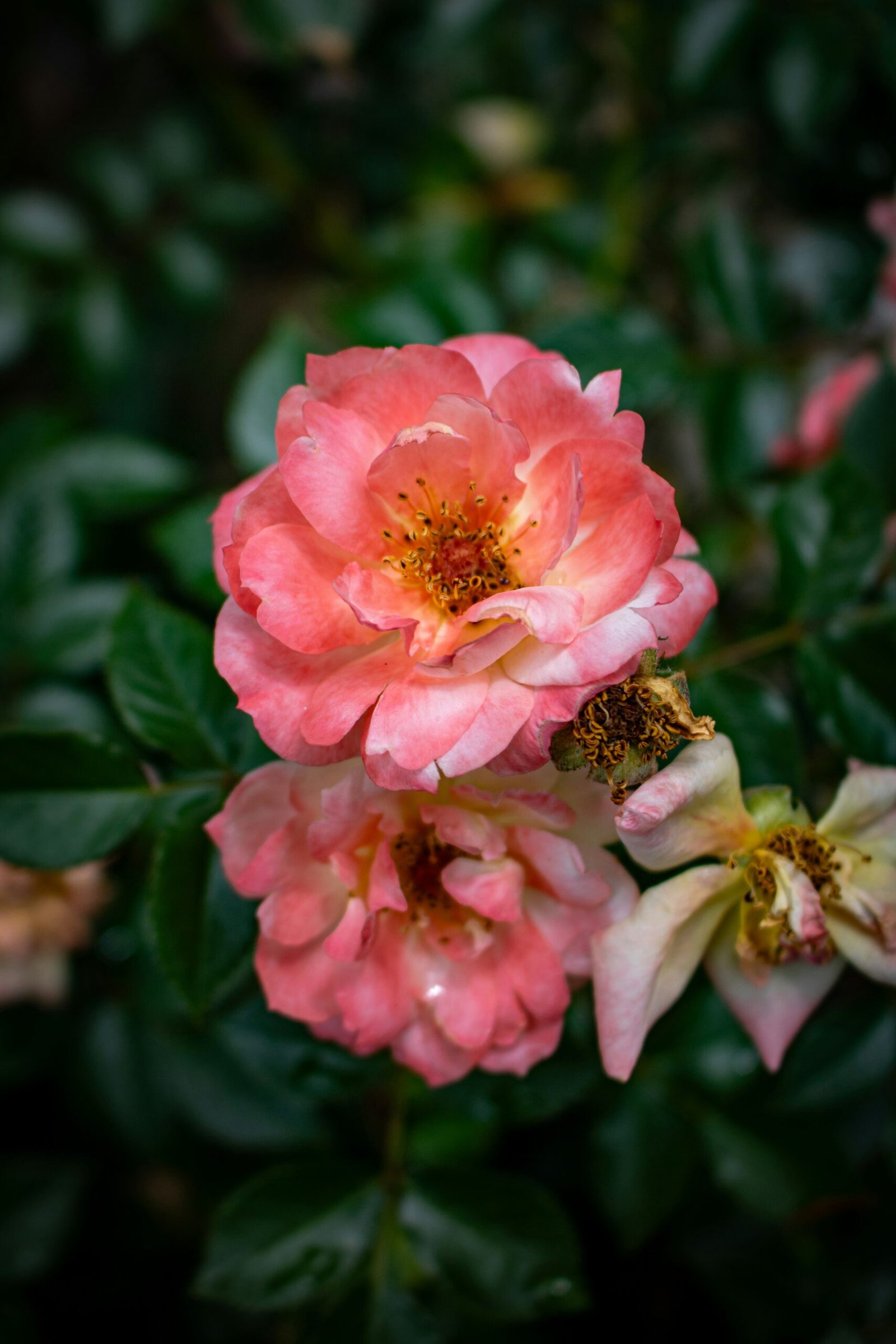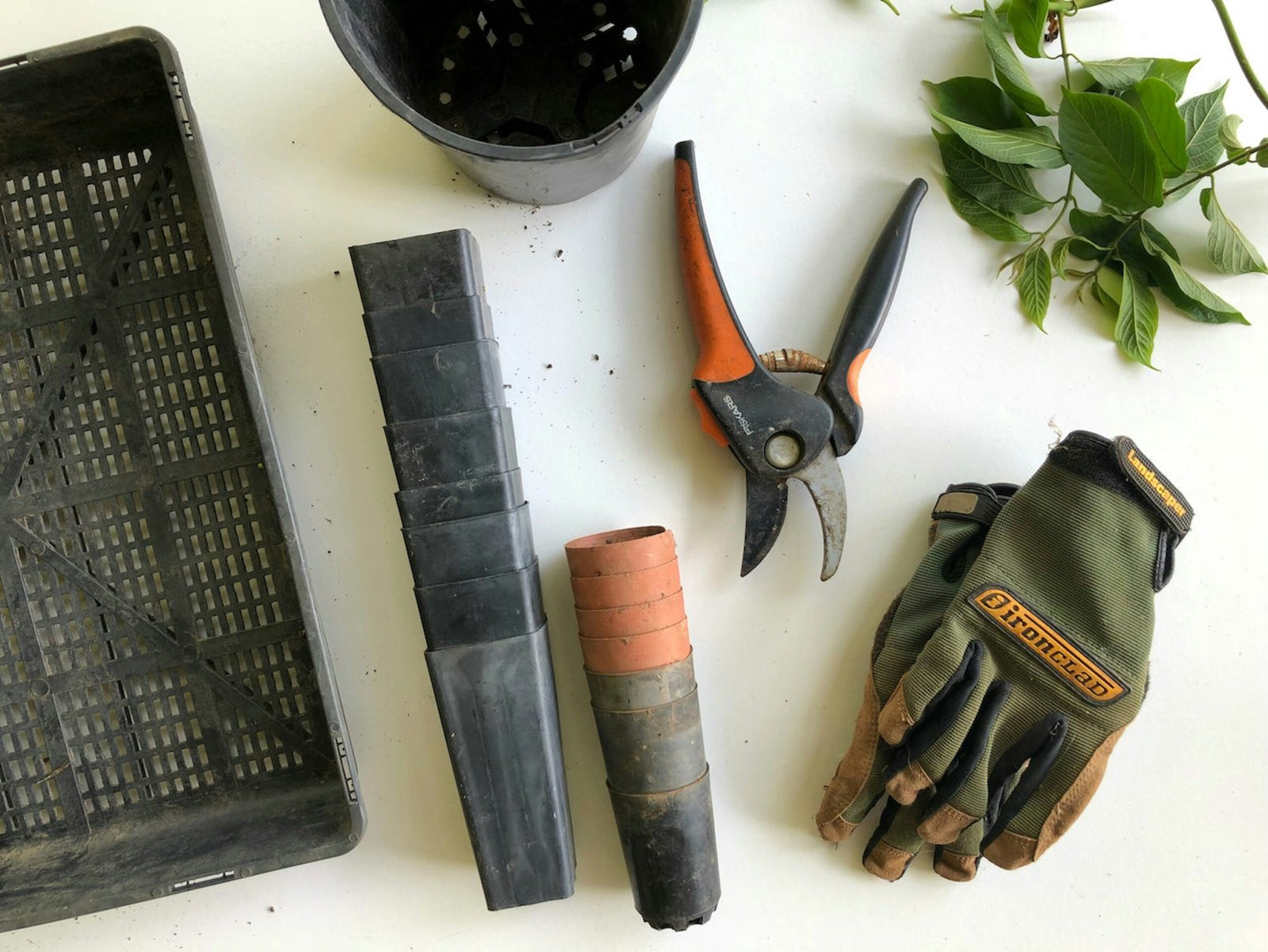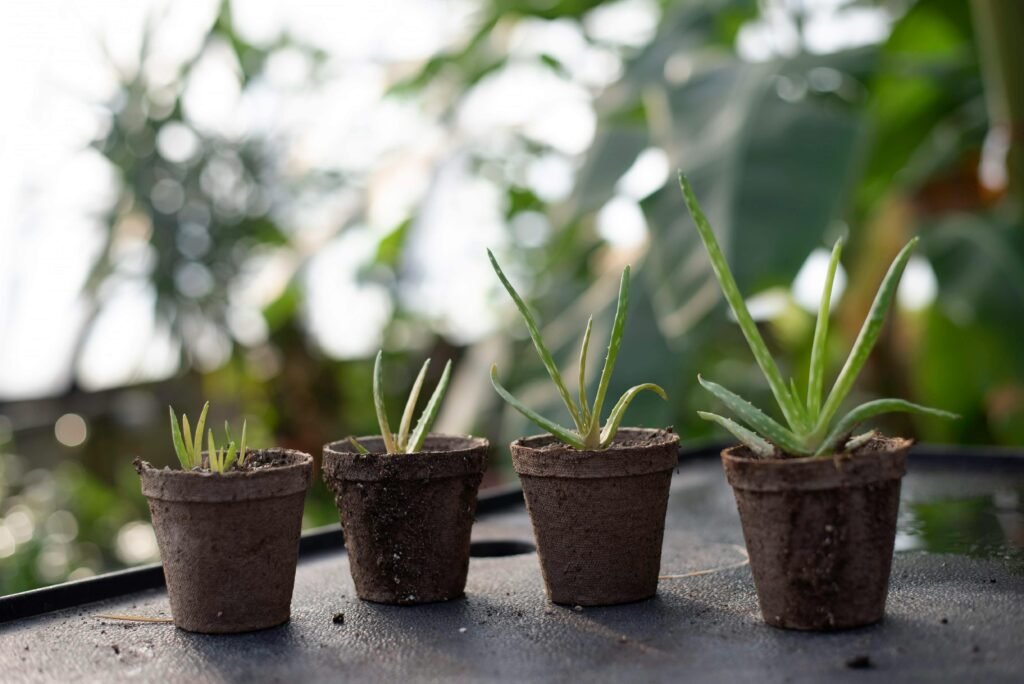
Introduction to Container Gardening
Container gardening is a method of growing plants in pots, containers, or any localized growing space outside of traditional garden beds. This approach caters to those who may not have the means to cultivate an expansive garden due to limited space, poor soil conditions, or other environmental constraints. Its versatility allows beginners and seasoned gardeners alike to reap the benefits of cultivating a wide array of plants, making it an increasingly popular choice.
One of the most significant advantages of container gardening is the flexibility it offers. Regardless of the living space—whether it be a balcony, patio, or small yard—gardeners can adjust the size of their containers and even change the location of their plants as desired. This adaptability allows individuals to tailor their gardening experience to their unique circumstances, fostering successful outcomes even in small areas.
Accessibility is another pivotal benefit. For those with mobility challenges or limited physical capability, containers can be placed at a comfortable height, making planting, watering, and harvesting manageable tasks. Furthermore, this method enables individuals to apply effective pest control measures, as pots can be moved out of reach of potential threats.
Another common misconception about container gardening is that it limits the variety of plants one can cultivate. In reality, many plants—from vibrant flowers and fragrant herbs to nutritious vegetables—thrive in containers. With the right size and type of container, combined with appropriate soil and care, it is entirely feasible to grow a thriving garden using this innovative approach.
Container gardening, therefore, not only provides an accessible and flexible planting alternative but also encourages creativity and experimentation with various plant types. This method opens up a world of gardening possibilities for everyone, making it an excellent option for fostering a connection with nature.
Choosing the Right Containers and Soil
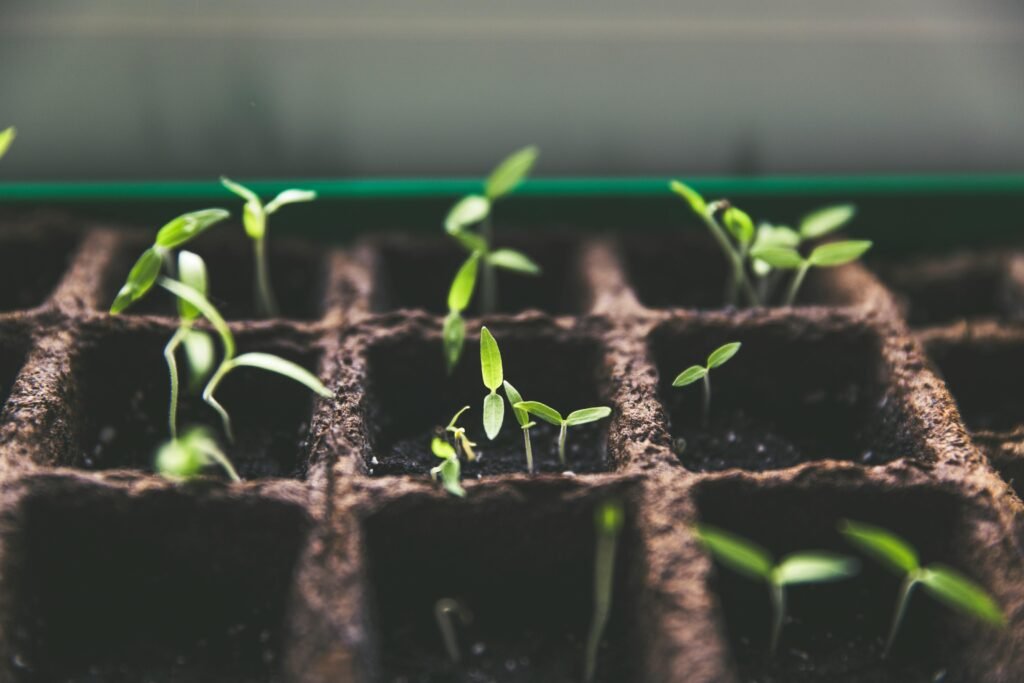
When embarking on the journey of container gardening, one of the primary considerations is selecting the appropriate containers for your plants. The type of container can greatly influence plant growth and overall health. Various types of containers are available for gardeners, including traditional pots, window boxes, and even recycled materials like old buckets or wooden crates. Each option presents unique advantages and disadvantages, emphasizing the importance of thoughtful selection.
The size of the container is crucial; larger containers typically provide a more stable environment for plants, allowing for better root development. Conversely, smaller containers may restrict root growth, leading to stunted plants. Adequate drainage is also essential—containers must have drainage holes to prevent waterlogging, which can harmful to plants. Materials like clay or terracotta provide excellent breathability, whereas plastic containers can retain moisture for longer periods, which is beneficial in dry conditions.
In addition to choosing the right containers, the quality of the soil used in container gardening cannot be overlooked. High-quality soil is indispensable for ensuring the health and vibrancy of your plants. Standard garden soil is often too compact for container gardening; instead, high-quality potting mixes specifically designed for containers are recommended. These mixes usually contain a blend of organic matter, perlite, and other components that enhance aeration and drainage.
Furthermore, understanding the role of nutrients within your soil mix will aid in maintaining plant vigor. Regularly adding fertilizers or organic amendments throughout the growing season can replenish nutrients and support growth. It is advisable to monitor soil health continuously, looking for signs such as compaction or nutrient depletion. Utilizing the right combination of containers and soil sets a strong foundation for a flourishing container garden. Here are some fertilizers you can try:
Selecting Plants for Container Gardening
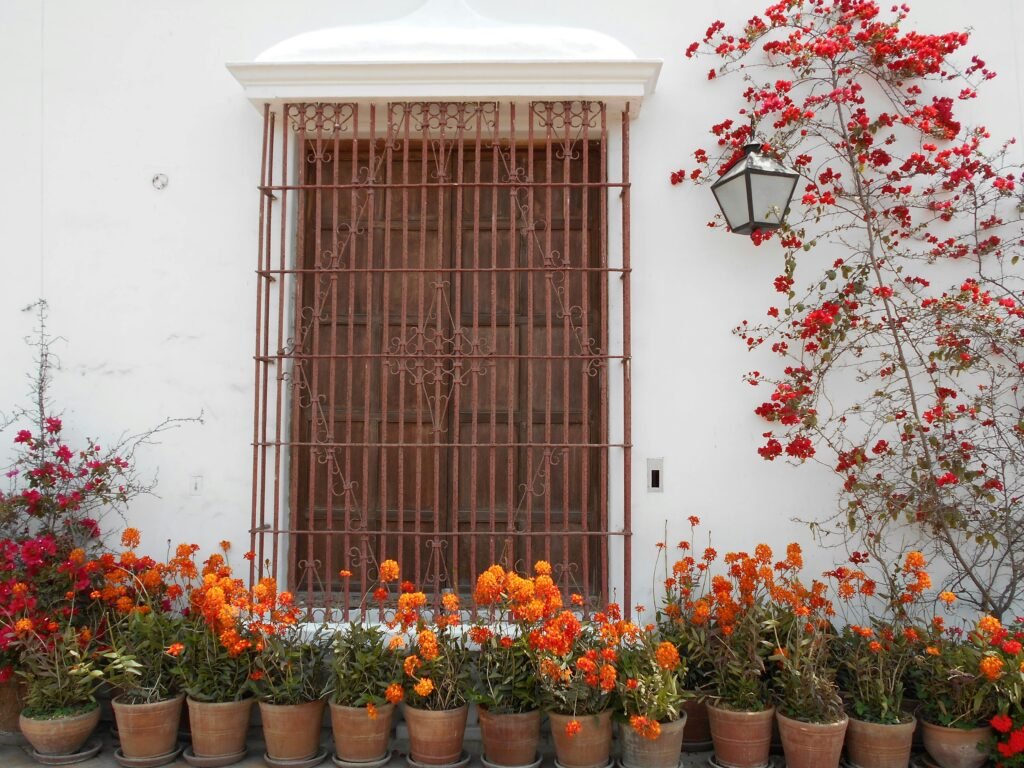
Choosing the right plants for your container garden is essential for a successful and enjoyable gardening experience. Several factors influence plant selection, including climate, available space, and the growth habits of various species. For beginners, it is important to consider plants that thrive in pots and can adapt to the conditions of your space.
Firstly, climate plays a crucial role in determining the types of plants that will flourish in your container garden. It is advisable to familiarize yourself with your local climate zones, as certain plants are better suited for warmer or cooler environments. For instance, in warmer climates, herbs such as basil, parsley, and chives thrive well in containers, while cooler regions may benefit from planting hardy varieties like thyme and mint.
Another important consideration is the size of the plants you intend to grow. Containers limit root space, so selecting smaller or compact varieties is key. For vegetables, consider dwarf tomato plants, bush beans, or small pepper varieties which are well-suited for container gardening. Additionally, flowering plants such as marigolds and petunias can enhance the aesthetic appeal of your container garden.
Companion planting can also be an effective strategy in container gardening. By grouping certain plants together, you can promote mutual growth while minimizing pest issues. For example, planting herbs alongside vegetables can deter harmful insects and improve crop yields. Spatial planning is critical; taller plants should be placed in the center or back while trailing varieties can cascade over the edges.
When pairing plants together, ensure that their water, sunlight, and nutrient requirements align. This approach not only maximizes your gardening space but also creates a more vibrant and healthy container garden. Overall, thoughtful selection and strategic grouping of plants will yield the best results in your DIY container gardening endeavor.
Care and Maintenance for Container Gardens
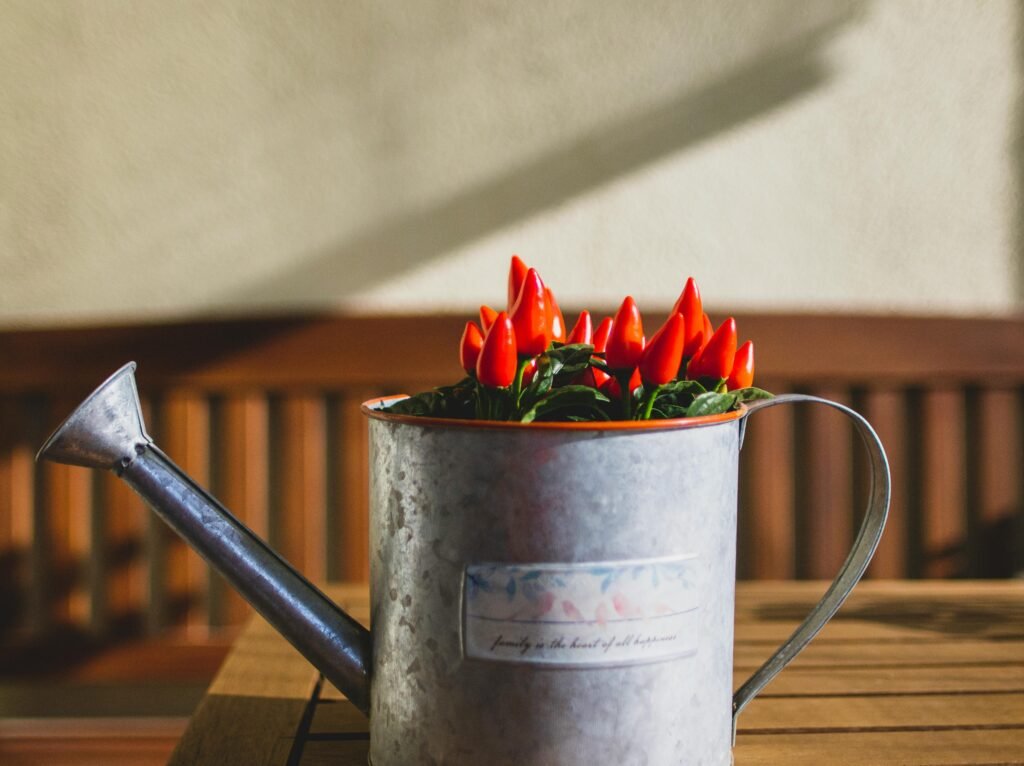
To ensure the success of your container garden, regular care and maintenance are essential. Understanding the specific needs of your plants, particularly in terms of watering, fertilization, and pest management, will significantly enhance their growth and vitality.
Watering is one of the most critical aspects of container gardening. Since containers tend to dry out more quickly than traditional garden beds, it’s essential to monitor soil moisture closely. Use a finger test; inserting your finger about an inch into the soil can help determine if it’s time to water. Generally, containers should be watered more frequently in hot weather or if they contain plants that require consistent moisture. Avoid overwatering, as this can lead to root rot and other issues. A good rule of thumb is to water thoroughly until you see excess water draining from the bottom of the container.
Fertilization also plays a crucial role in maintaining the health of container gardens. Because container soils can deplete nutrients quickly, incorporating a balanced fertilizer into your routine is vital. A slow-release fertilizer applied every four to six weeks can provide steady nutrition. During the growing season, you may also consider using a liquid fertilizer to give your plants an extra boost. Adapting your fertilization schedule to the needs of the specific plants in your containers is necessary, as different species have varying nutrient requirements.
Pest management is another critical component of container gardening. Regularly inspecting your plants for signs of pests or diseases allows for timely intervention. Implementing preventative measures, such as using organic pesticides or introducing beneficial insects, can help manage infestations. Additionally, maintaining good air circulation and proper spacing between containers can mitigate disease risks.
It’s also important to prune your plants regularly. This helps to encourage healthy growth and can prevent overcrowding, which often leads to diminished air circulation and increased pest problems. Removing dead or diseased leaves promptly can also enhance the overall aesthetic of your garden.
Monitoring your container garden’s health and adjusting care routines accordingly facilitates a thriving environment for your plants. Utilizing gardening calendars and considering seasonal changes can further assist in planning appropriate care activities and ensuring your container arrangements flourish throughout the year.

